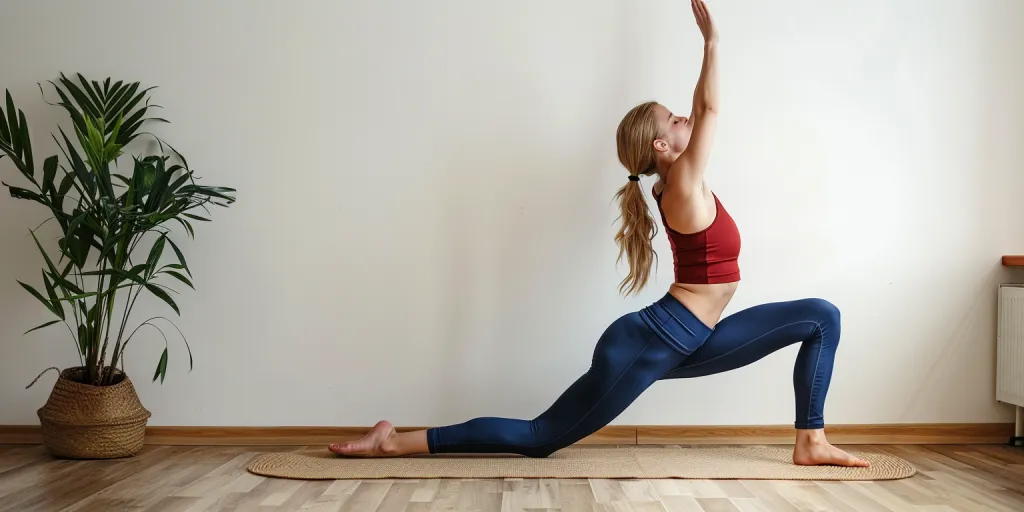Vinyasa, a term that sparks curiosity and excitement among fitness enthusiasts and athletes alike, stands as a bridge connecting the realms of yoga and sports performance. This dynamic practice, known for its fluidity and strength-building capabilities, offers more than just a workout—it’s a pathway to enhanced agility, focus, and endurance. Let’s embark on a journey to explore vinyasa in depth, uncovering its essence, popularity, benefits, selection, and usage.
Table of Contents:
1. What is vinyasa?
2. The popularity of vinyasa
3. Is vinyasa good for you?
4. How to choose the right vinyasa class
5. How to use vinyasa effectively
What is vinyasa?
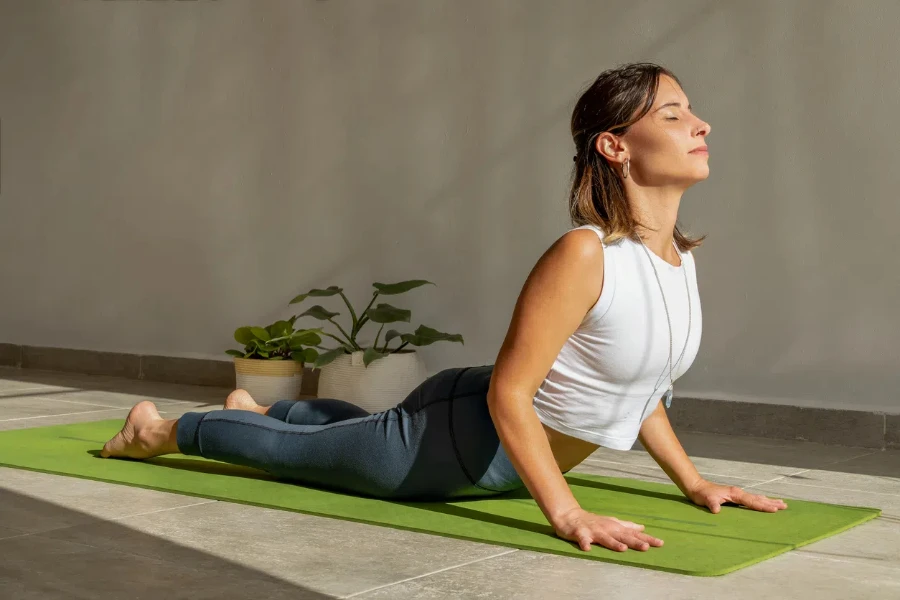
Vinyasa stands out in the yoga world for its emphasis on movement synchronized with breath. This practice, originating from the Sanskrit term for “to place in a special way,” refers to a sequence of poses that flow seamlessly from one to the next. Unlike static yoga styles, vinyasa is dynamic, offering a cardiovascular workout intertwined with the meditative benefits of traditional yoga. The core of vinyasa lies in the transition between postures, guided by deep, controlled breaths, making it a holistic exercise that enhances physical and mental well-being.
At the heart of vinyasa yoga is the sun salutation series, a foundational sequence that warms up the body and sets the rhythm for the practice. From there, practitioners explore a variety of poses that challenge balance, strength, and flexibility. The versatility of vinyasa makes it adaptable to all levels, with modifications available for beginners and advanced variations for seasoned yogis. This adaptability ensures that everyone, regardless of their fitness level or yoga experience, can find value in vinyasa.
The technical details of vinyasa yoga lie in its emphasis on the alignment of movement and breath. Each transition is meticulously timed to the inhalation or exhalation, fostering a deep connection between the body and mind. This synchronization not only enhances physical endurance and strength but also promotes mental clarity and stress reduction. The fluid nature of vinyasa encourages practitioners to stay present and mindful, turning the practice into a moving meditation.
The popularity of vinyasa
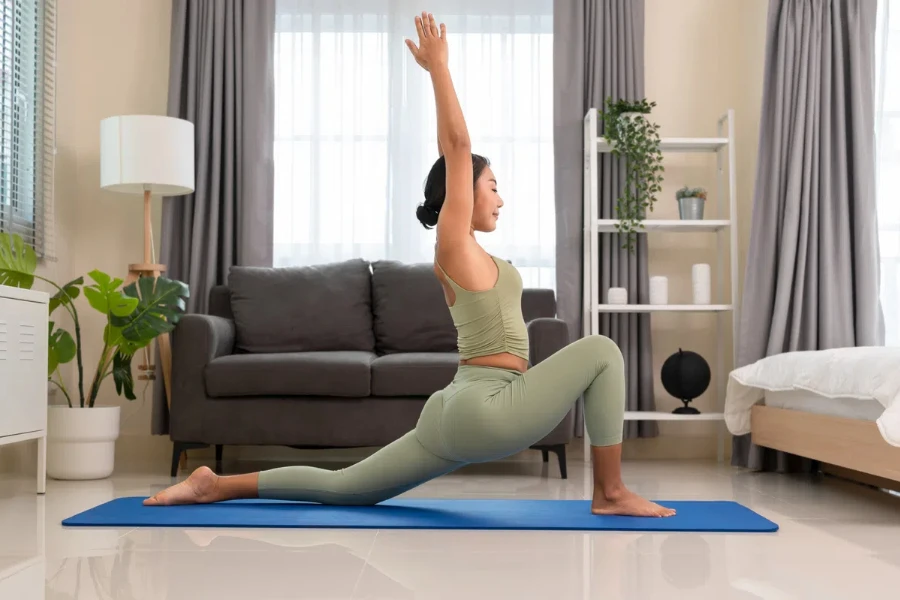
Vinyasa’s rise in popularity can be attributed to its dynamic nature and comprehensive health benefits. As people increasingly seek workouts that combine physical rigor with mental peace, vinyasa offers a perfect blend. Its adaptability to different skill levels and goals makes it appealing to a wide audience, from professional athletes looking for cross-training options to individuals seeking stress relief and spiritual growth.
Social media and the digital age have also played significant roles in popularizing vinyasa. Online platforms are awash with visually stunning representations of vinyasa flows, attracting viewers with the beauty and athleticism of the practice. Furthermore, the availability of online classes has made vinyasa accessible to a global audience, enabling people to practice from the comfort of their homes and on their schedules.
The community aspect of vinyasa contributes to its popularity as well. Many practitioners find motivation and support within the vinyasa community, whether in local studios or online forums. This sense of belonging, combined with the physical and mental benefits of the practice, fosters a loyal following that continues to grow.
Is vinyasa good for you?
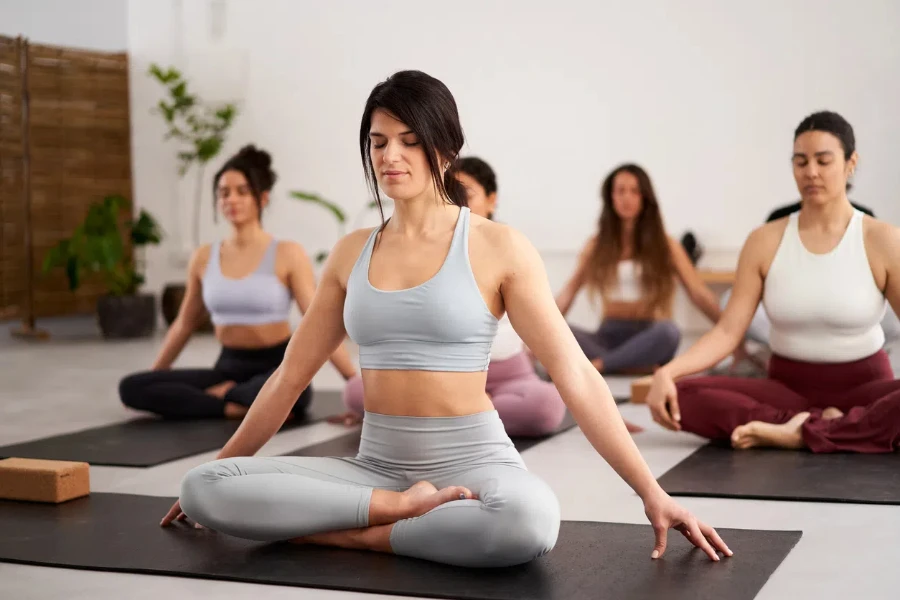
The benefits of vinyasa extend far beyond mere physical fitness. Yes, it is an excellent way to build strength, flexibility, and endurance, but its advantages are holistic, touching on mental and emotional well-being too. The continuous movement of vinyasa, paired with deep, mindful breathing, enhances cardiovascular health while also promoting relaxation and stress reduction. This combination is particularly beneficial for athletes, as it aids in recovery, improves focus, and boosts performance.
Vinyasa’s adaptability means it can serve as a gentle rehabilitation exercise for those recovering from injuries or as a challenging workout for individuals looking to push their limits. The practice encourages body awareness and mindful movement, reducing the risk of injury and promoting long-term health. Additionally, the focus on breathwork can improve lung capacity and respiratory efficiency, valuable benefits for both athletes and non-athletes alike.
Moreover, vinyasa yoga supports mental health by fostering mindfulness and reducing symptoms of anxiety and depression. The meditative aspect of synchronizing movement with breath helps to calm the mind, offering a respite from the stresses of daily life. Regular practice can lead to improved concentration, better sleep patterns, and an overall sense of well-being.
How to choose the right vinyasa class
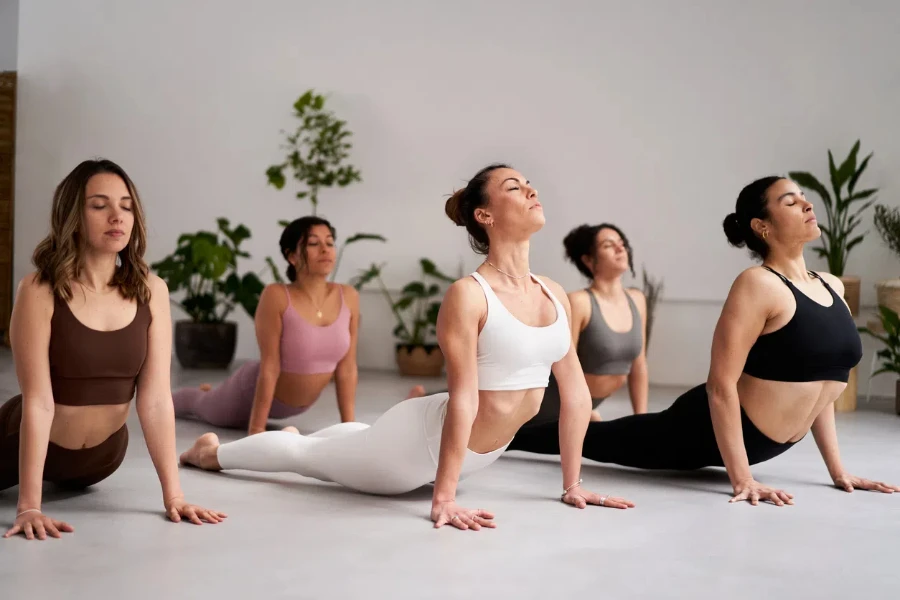
Selecting the right vinyasa class involves considering several factors, including your fitness level, goals, and personal preferences. Beginners may benefit from classes labeled as “gentle” or “introductory,” which focus on foundational poses and slower transitions. More experienced practitioners might seek out “power” vinyasa classes, known for their fast pace and challenging sequences.
When choosing a class, also consider the instructor’s teaching style and experience. Look for teachers who are certified and have a deep understanding of anatomy and physiology to ensure a safe and effective practice. Attending a few different classes can help you find an instructor whose approach resonates with you.
Additionally, consider the class environment and schedule. A supportive and welcoming atmosphere can enhance your practice and encourage consistency. Choosing a class that fits seamlessly into your routine increases the likelihood of regular attendance, maximizing the benefits of vinyasa yoga.
How to use vinyasa effectively
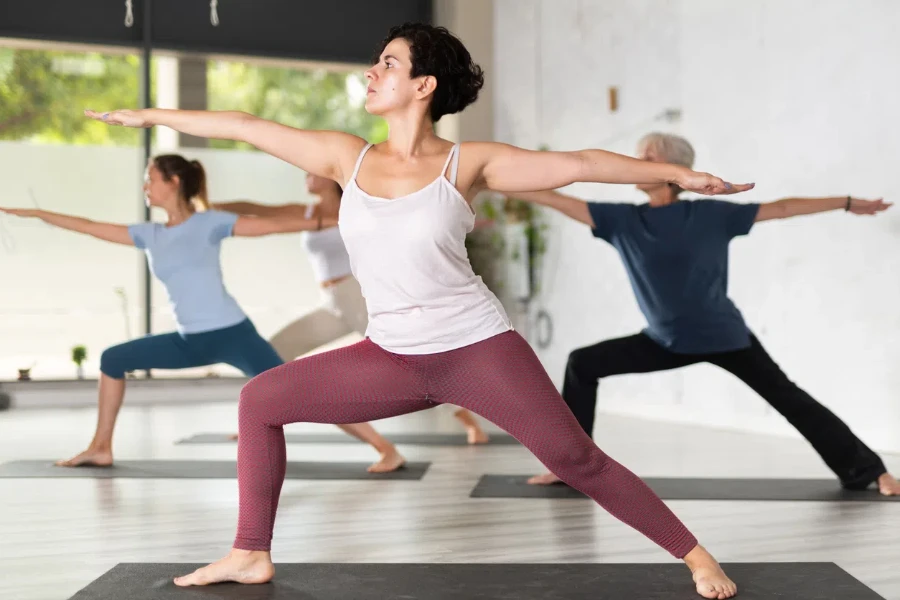
To reap the full benefits of vinyasa, consistency is key. Establishing a regular practice schedule helps to build strength, flexibility, and endurance over time. Beginners should start slowly, focusing on mastering the basics before moving on to more advanced poses and sequences. Listening to your body and respecting its limits is crucial to avoid injury and ensure steady progress.
Incorporating mindfulness into your vinyasa practice enhances its mental and emotional benefits. Paying close attention to the breath, staying present during each movement, and observing the thoughts and sensations that arise can turn your practice into a powerful meditative experience.
Finally, complementing your vinyasa practice with other forms of exercise and a balanced diet supports overall health and maximizes performance benefits. Cross-training with activities that build strength and endurance, such as weightlifting or running, can enhance your vinyasa practice and vice versa.
Conclusion: Vinyasa offers a dynamic, holistic approach to fitness that caters to both the body and mind. Its popularity stems from its adaptability, comprehensive health benefits, and the supportive community that surrounds it. Whether you’re a seasoned athlete or a beginner seeking to improve your physical and mental well-being, vinyasa can be a valuable addition to your fitness regimen. By choosing the right class, practicing consistently, and embracing mindfulness, you can unlock the full potential of vinyasa and experience transformative results.
